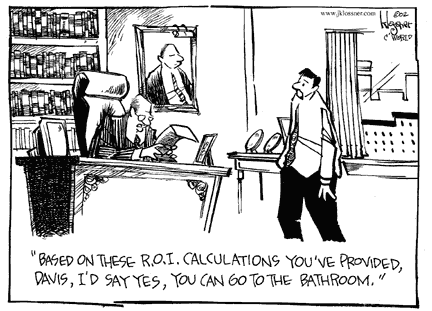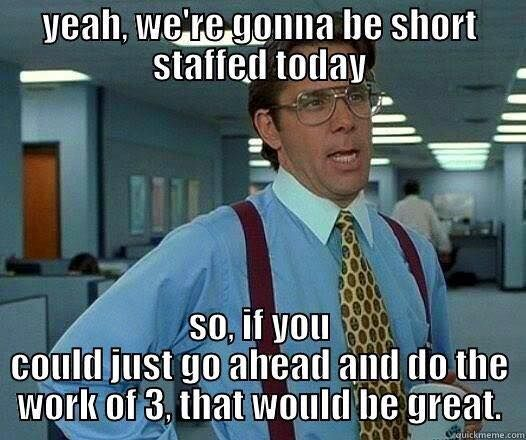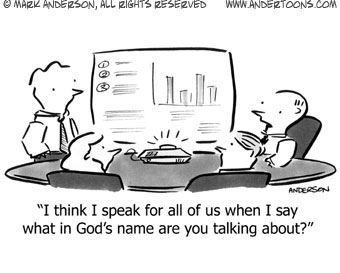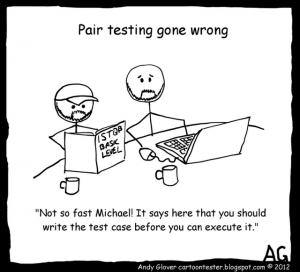In my previous post, I’d laid out the scenario many of us find ourselves in: wrestling with difficult initiatives or technology implementations, complicated projects with challenges that take on a life of their own. With full disclosure, I am a successful “third-party” consultant / project manager (PM) by profession, and I have years of previous practitioner experience.
In my consulting career, I’ve heard clients repeatedly look back and reflect on the value they achieved in bringing in an outside senior project / program manager early in their technology implementation projects. At the same time, many companies who haven’t been through the implementation process may still be considering the pros and cons of external PM support. Why not just manage it internally?











